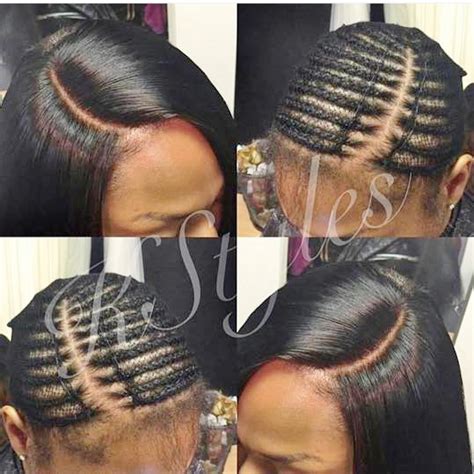Introduction
Hair for sew in is a popular and versatile method of achieving a wide range of hairstyles, from sleek and straight to voluminous and curly. With its ability to add length, volume, and style, it’s no wonder why sew in hair has become a go-to choice for many. In this comprehensive guide, we will delve into the world of hair for sew in, exploring its different types, benefits, and best practices for installation and maintenance.

## 1. Human Hair
- Natural-looking and feels like your own hair
- Comes in a variety of textures, from straight to curly
- More expensive than synthetic hair
- Lasts longer with proper care
## 2. Synthetic Hair
- Heat-resistant and less prone to tangling
- Available in a wide range of colors and textures
- Less expensive than human hair
- Shorter lifespan than human hair
- Adds length and volume: Sew in hair can instantly transform short or fine hair into long and luscious locks.
- Versatile styling: With a wide range of available textures, you can experiment with various hairstyles without damaging your natural hair.
- Protects natural hair: Sew in hair can act as a protective layer, shielding your natural hair from heat styling, chemicals, and environmental damage.
- Confidence boost: A new hairstyle can give you an instant confidence boost and make you feel more beautiful and stylish.
Installation
- Consult with a professional hair stylist for the best installation method.
- Choose high-quality hair and a skilled stylist to ensure a seamless blend.
- Allow for ample time for installation, typically between 2-4 hours.
Maintenance
- Brush your hair daily with a wide-toothed comb or a brush designed for extensions.
- Wash and condition your hair regularly, using sulfate-free products.
- Avoid using heat styling tools on high heat settings.
- Sleep with a satin bonnet or pillowcase to prevent tangles.
- Choose the right texture: Consider your natural hair texture and desired style when selecting the texture of your sew in hair.
- Match the color carefully: To achieve a natural look, make sure the color of your hair extension matches your natural hair or a shade that complements it.
- Get regular trims: Trim your sew in hair every 6-8 weeks to remove split ends and keep it looking healthy.
- Use a deep conditioner: Nourish your hair extensions with a deep conditioning treatment every 2-3 weeks.
- Protect from heat and chemicals: Limit the use of heat styling tools and avoid using harsh chemicals on your sew in hair.
Hair for sew in is a transformative and versatile solution for achieving your desired hairstyle. By choosing the right type of hair, following proper installation and maintenance techniques, and implementing helpful tips, you can enjoy the benefits of beautiful and healthy hair extensions for years to come. Remember to consult with a professional hair stylist for personalized advice and to ensure a successful sew in experience.
